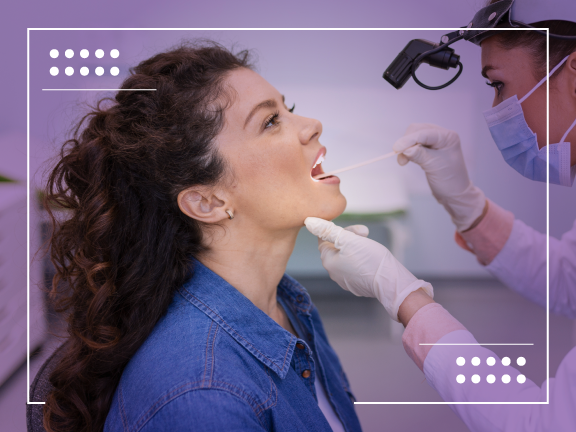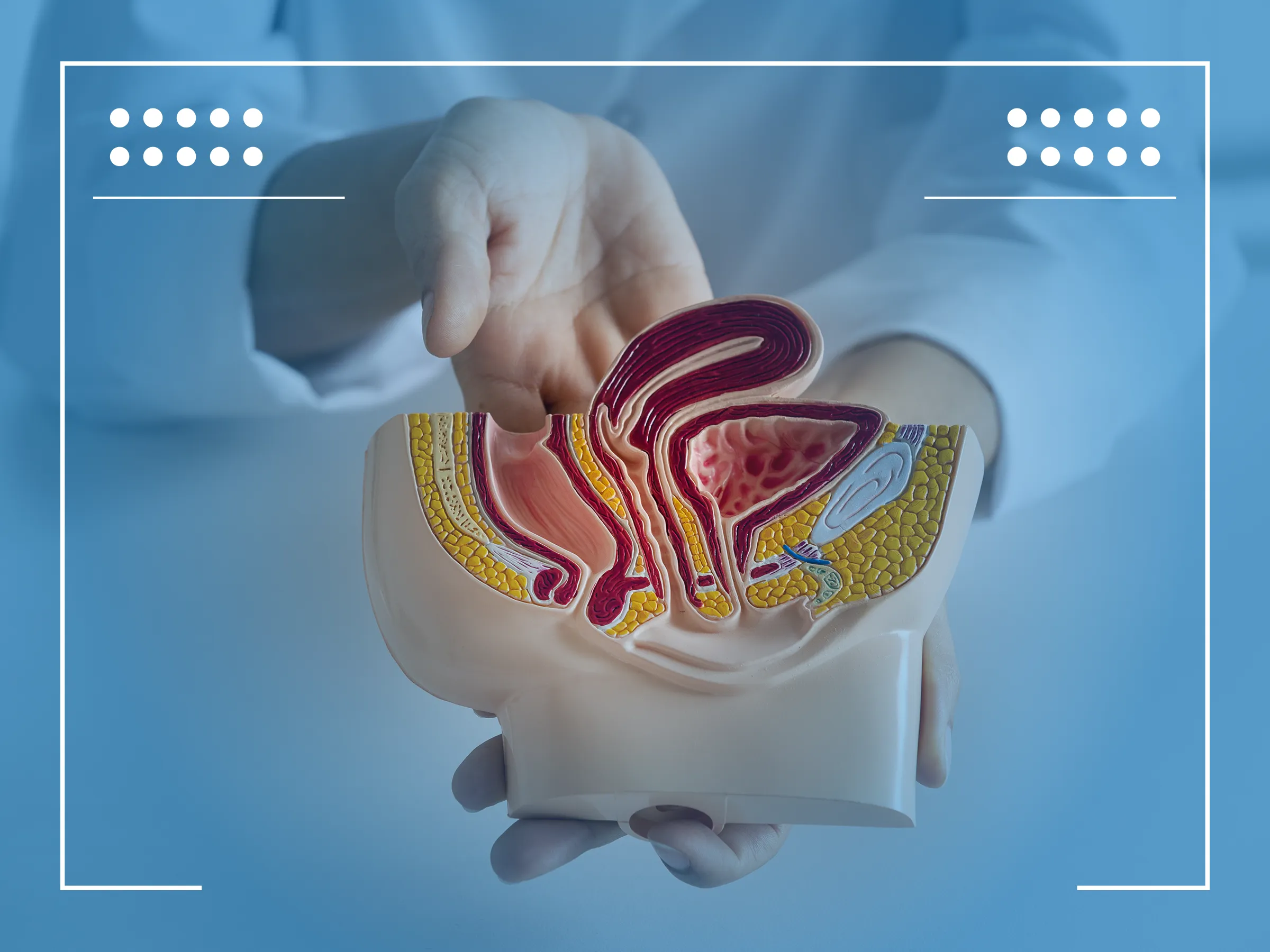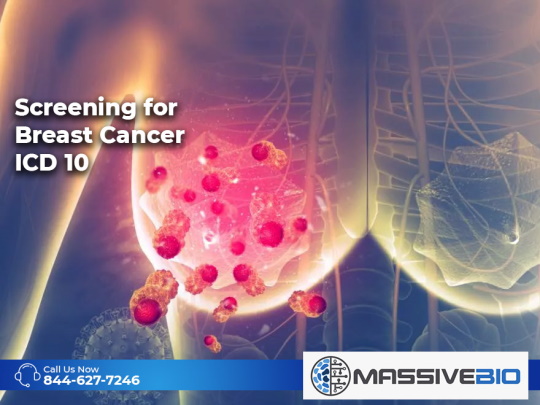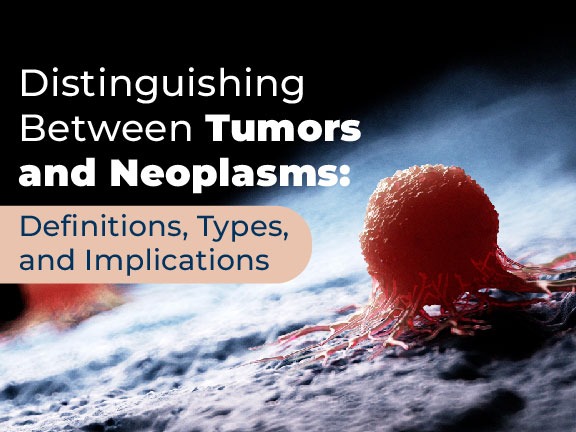Signs of testicular cancer are typically a lump or swelling in one of the testicles, which may or may not be accompanied by pain. Some men might also notice a feeling of heaviness or aching in the lower abdomen or scrotum. While these symptoms can be caused by other conditions, such as infections or cysts, any changes in the testicles should be evaluated by a healthcare provider to rule out testicular cancer.
Signs of testicular cancer can also include changes in the feel or texture of the testicle, such as hardness or a difference in size compared to the other testicle. Additionally, some men may experience a dull ache in the back or lower abdomen, which can be a sign that the cancer has spread. In rare cases, symptoms like breast tenderness or growth may occur due to hormones produced by testicular tumors. It’s important for men to conduct regular self-examinations and consult a doctor if they notice any unusual symptoms to ensure early diagnosis and treatment.
Early detection of testicular cancer can significantly improve treatment outcomes. Here are the early signs of testicular cancer that men should be aware of:
- A lump or swelling in either testicle,
- Change in the size or shape of a testicle,
- Feeling of heaviness or aching in the lower abdomen or scrotum,
- Pain or discomfort in a testicle or the scrotum,
- Sudden collection of fluid in the scrotum,
- Tenderness or enlargement of the breasts.
Testicular Cancer Signs
Testicular cancer is a condition that can affect men at any age, but it is most commonly diagnosed in those between 20 and 34 years old. Understanding the signs of testicular cancer is crucial for early detection and treatment. One of the most common early signs of testicular cancer is finding a pea-sized lump in or on a testicle. It’s important to know how to check your testicles for lumps or abnormalities, as early detection can greatly improve the outcome.
An epididymal cyst may sometimes be mistaken for cancer, but it’s typically a benign condition. However, any lump on the testicle should be evaluated by a healthcare professional to rule out cancer. Utilizing a diagram or visual aid can be helpful in understanding the proper technique for self-examination. Knowing the risk factors for testicular cancer, such as a family history of the disease, can also guide your discussions with a healthcare provider about cancer screening.
While testicular torsion, a painful twisting of the testicle that cuts off its blood supply, is not related to cancer, it’s another condition that highlights the importance of being familiar with one’s testicular health. Malignant testicular tumors require prompt treatment, and understanding the signs testicular cancer can exhibit is the first step in seeking medical advice.
The question of “does testicular cancer have noticeable symptoms?” is often asked. Yes, in addition to lumps, other testicular cancer symptoms may include a feeling of heaviness in the scrotum, a dull ache in the abdomen or groin, and sudden collection of fluid in the scrotum. Signs and symptoms of testicular cancer can vary from person to person, making regular self-exams and medical consultations vital.
In conclusion, being aware of the signs testicular cancer can show is an essential part of men’s health. Regular self-examinations, understanding the risk factors, and not hesitating to consult a healthcare provider if you notice any changes are key practices in the early detection and treatment of testicular cancer.












